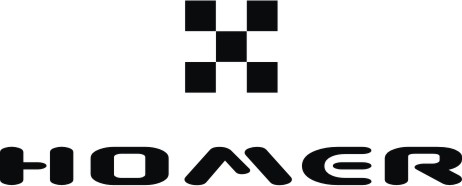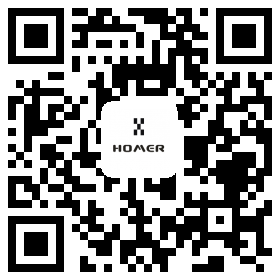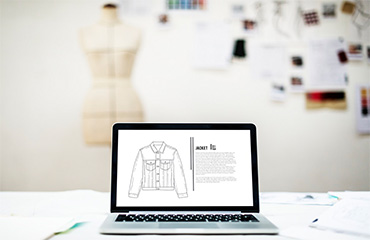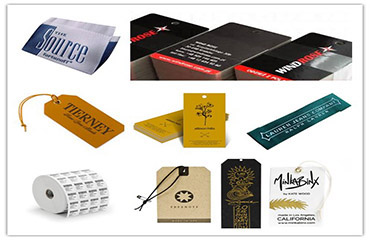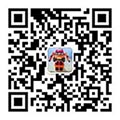5 garment accessory tests in a garment inspection checklist
on 2017-07-12
Checking accessories is a vital part of any effective garment inspection. Since function and durability are essential to the quality of garment accessories, on-site testing, in addition to visual inspection, can be particularly helpful for evaluating garment accessories. Let’s look at five examples and how to specify each in your quality control checklist. Including on-site testing procedures and sample sizes in your garment inspection checklist Clarifying requirements for on-site tests and checks with your supplier and your inspectors before inspection helps prevent confusion. Many importers choose to combine their requirements in a central document called a QC checklist. When it comes to on-site testing for garments, your QC checklist should typically specify: · The testing procedure for each on-site test required · Your desired sample size for on-site tests, whether a fixed number of pieces or a special or general inspection level sample size using AQL sampling · Equipment required for each specific test and who should provide it, namely the importer, the factory or the inspector Inspectors can often only carry handheld tools like a barcode scanner, calipers and a tape measure with them to a factory. Don’t assume that any other equipment your inspectors need for checking garments will be available at the factory. Instead, tell your supplier in advance if there’s equipment the factory must prepare. Garment QC professionals normally don’t recommend performing on-site testing for every single piece in a clothing inspection sample size. Sample sizes can range up to hundreds or even thousands of units. So conducting tests on the full sample size can be very time consuming, and ultimately, lead to higher inspection costs for importers. Besides being expensive, testing every accessory is often unnecessary because there tends to be less variance in the processes and materials used during mass production. So for many (but not all) tests, garment QC professionals recommend conducting on-site tests on either a fixed number of pieces or an AQL special inspection level. Let’s take a look at five of the most common on-site tests and checks for garment accessories and how to include each of these requirements in your QC checklist. 1. Pull test to check strength and security of garment accessories Accessories are parts added to the garment, usually by stitching. Testing the strength of the stitching or other bonding material is a necessary step in most garment inspections. And a simple pull test is one of the most common ways to test. To conduct this test, an inspector often uses a handheld pull gauge, or tabletop pull test machine, to apply a specified force to the accessory for a certain amount of time. If the accessory detaches from the garment, the result of the test will be “fail”. Third-party inspectors generally use international standards to determine the level of force to apply to the accessory. Your standard might differ depending on the type of acc...
read more
 86-13400725797
86-13400725797 info@homertrimmings.com
info@homertrimmings.com




